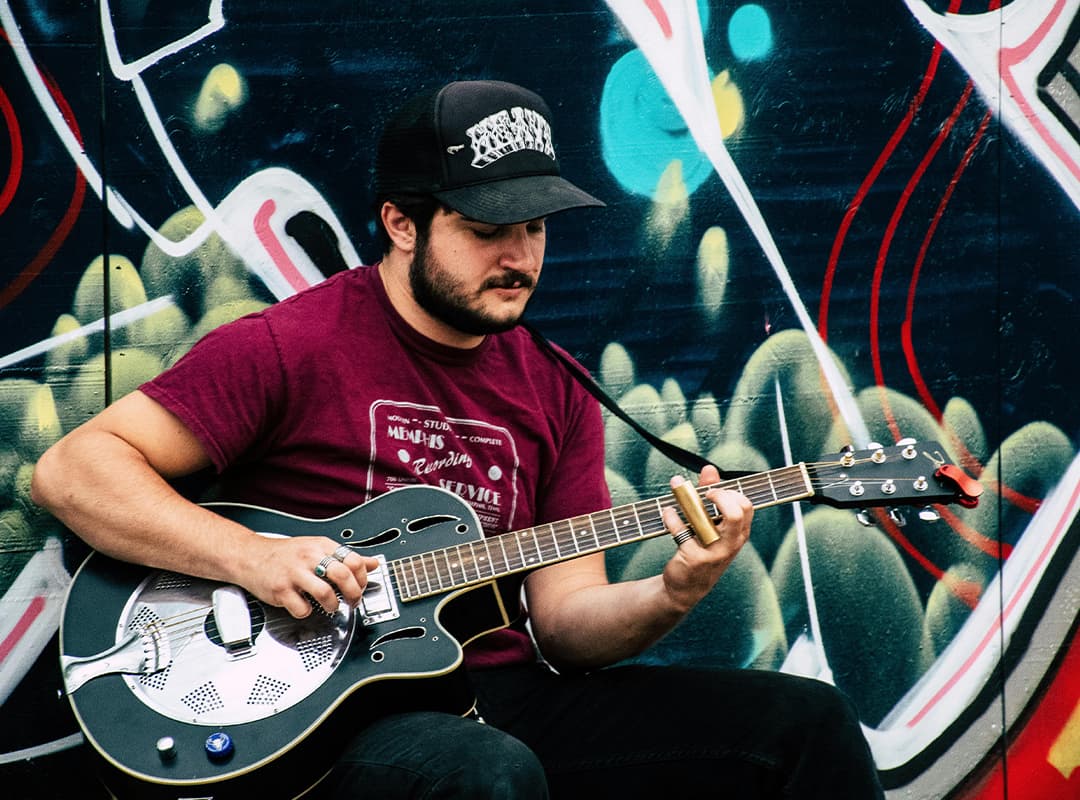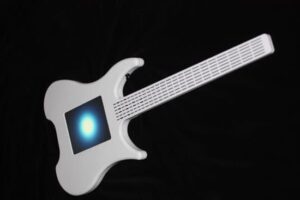Guitar pedals are essential tools for musicians looking to shape and enhance their sound. From subtle effects to dramatic sonic transformations, these devices can significantly influence your playing and performance. Let’s explore what guitar pedals are, the different types available, and how to use them effectively.
What Are Guitar Pedals?
Guitar pedals, also known as effects pedals, are electronic devices that modify the sound of your guitar signal. They are typically placed between your guitar and amplifier and can be activated with your foot, allowing for easy control during performances.
Types of Guitar Pedals
There are numerous types of guitar pedals, each serving a different purpose:
- Distortion/Overdrive: These pedals add grit and sustain to your sound, creating the classic rock tone. Distortion pedals provide a more aggressive sound, while overdrive pedals offer a smoother, warmer tone.
- Delay: Delay pedals create echoes of your sound, allowing you to add depth and texture to your playing. You can adjust the delay time, feedback, and mix to achieve various effects.
- Reverb: Reverb pedals simulate the natural reverberation of sound in different environments, from small rooms to vast halls. This effect adds ambiance and richness to your tone.
- Modulation: Modulation pedals include effects like chorus, flanger, and phaser, which create movement and depth by altering the pitch and timing of your signal.
- Wah and Volume: Wah pedals allow you to control the tonal quality of your sound using a foot-operated sweep. Volume pedals let you adjust the overall level of your signal without altering the tone.
How to Use Guitar Pedals
Using guitar pedals effectively involves understanding how they interact with your gear and the music you play. Here are some tips for getting started:
- Pedal Order: The order in which you place your pedals can drastically affect your sound. A common setup is to place dynamic effects (like compression and overdrive) first, followed by modulation, then delay and reverb. Experimenting with different orders can yield interesting results.
- Gain Staging: Ensure that each pedal is set to the appropriate levels to avoid unwanted noise or distortion. Start with the gain low and gradually increase it while playing.
- Know Your Settings: Each pedal has various controls that can dramatically change your sound. Take the time to understand how each knob affects your tone, and don’t hesitate to tweak them during practice to discover new sounds.
- Use in Context: Consider the musical context in which you’ll be playing. For instance, if you’re performing a soft acoustic set at a venue like Newcastle City Halll, you might want to use reverb and delay to create a lush atmosphere, while a rock gig may call for more aggressive distortion.
Incorporating Pedals in Your Playing
Guitar pedals can transform your performance, making it essential to incorporate them thoughtfully into your playing. During live shows, like those on the Luminaers tour dates, well-timed effects can elevate the emotional impact of a song.
- Practice with Pedals: Integrate pedals into your practice sessions to become comfortable with their settings and how they influence your playing style.
- Be Creative: Don’t be afraid to experiment. Use multiple pedals together to create unique soundscapes, and discover how different effects can enhance your music.
Guitar pedals are powerful tools that can enrich your musical expression. By understanding their types, learning how to use them effectively, and incorporating them into your playing, you can develop a signature sound that resonates with your audience. Whether you’re performing at a local venue or on a larger stage, the right pedals can elevate your guitar playing to new heights. Happy experimenting!


